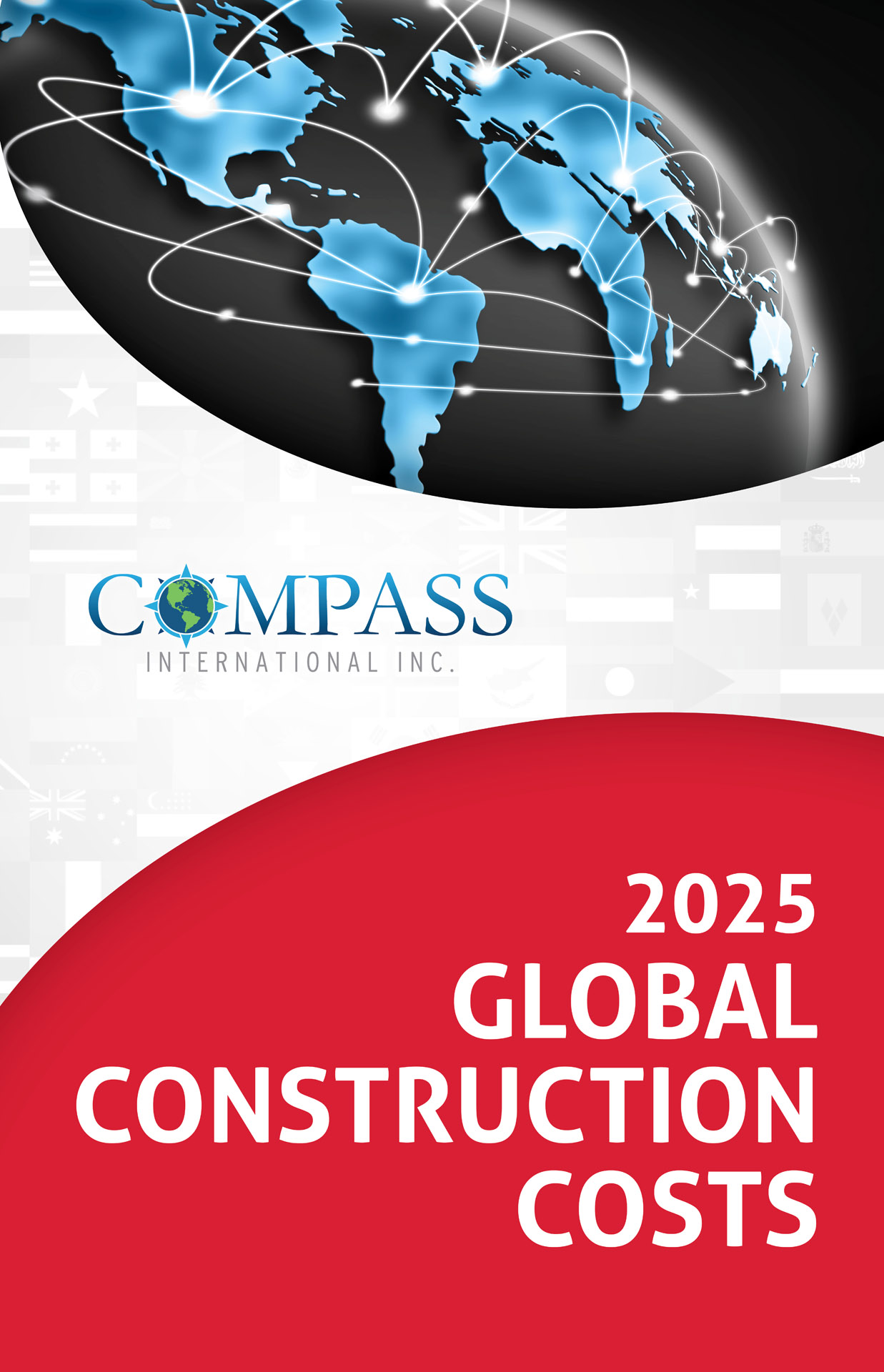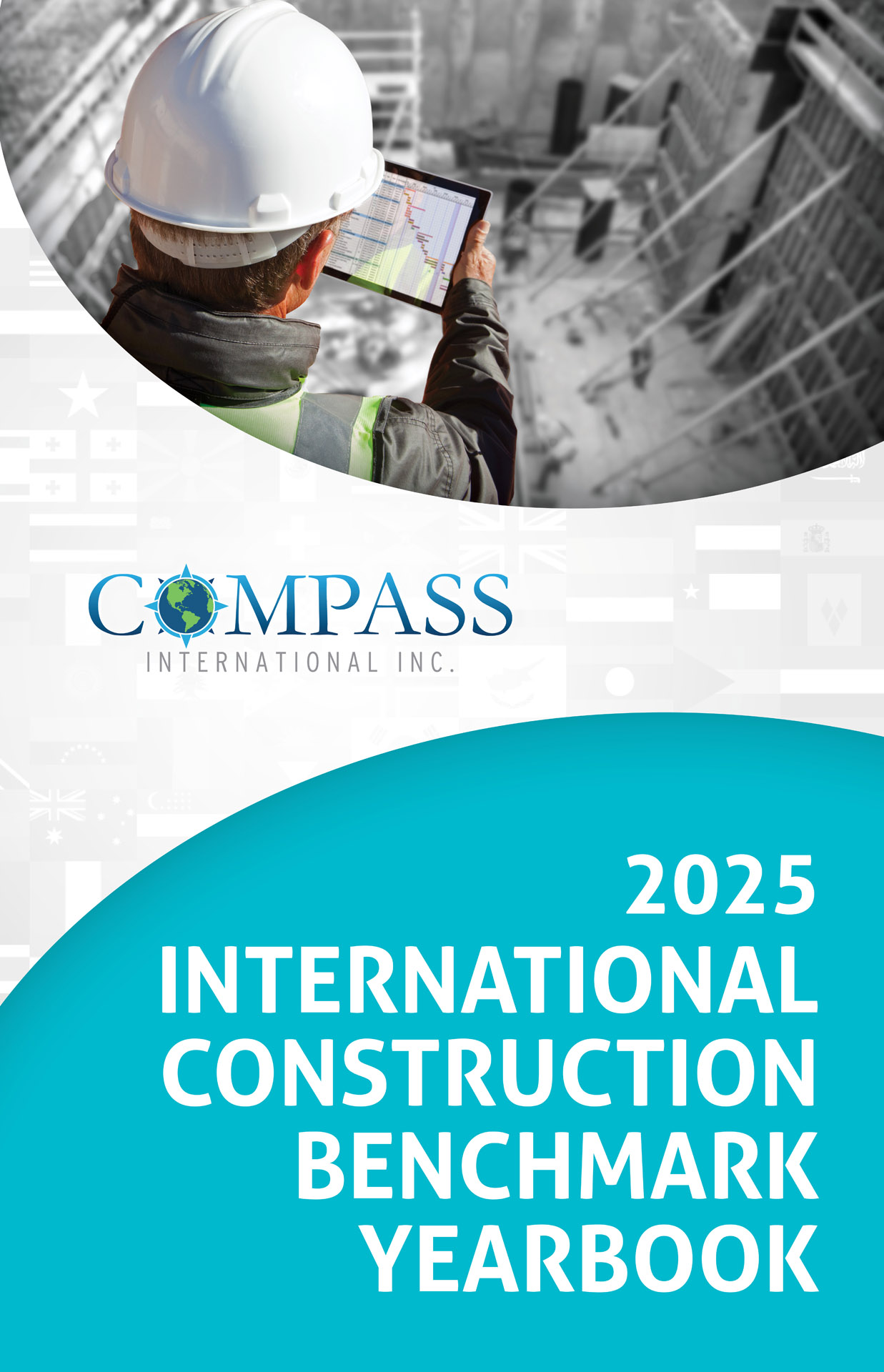Improving Construction Property
Improving construction productivity is an ongoing challenge to all Construction Professionals around the world.
Over the years, numerous papers, studies, and publications have been written on this important subject. Construction productivity is unfortunately well below other industry standards. Why is this, and how can construction productivity be improved?
A construction project is completely different from say an Automobile Factory (where work practices/procedures have been in place for many years, lines of communication have been established, roles, and responsibilities are understood).
A construction project is usually a one-off effort, taking anywhere from 12 to 36 months to complete. There are many players in the construction process (Architects, Engineers, Contractors, Sub-Contractors, Vendors, Construction Managers, and other construction-related individuals). The project team (many times) has not worked together before and many times they will not work together ever again! New procedures, roles, responsibilities, and kick-off meetings need to be set up and followed. These initial startup activities give rise to a big learning curve that (of course) impacts productivity. Many other industries don’t face this continuing startup challenge!
Compass has been involved with mid-sized and major capital projects for more than 40 years. Listed below are a number of ideas that can improve construction productivity. If construction productivity can be improved by 5% to 10%, then millions of dollars can be saved on construction projects!


Ways To Improve Construction Productivity

- At the Front-End of the project, select scope items that can be pre-fabricated (Modules/Pre-Assemblies / Piping /Pre-cast concrete, etc.) off-site. This can benefit in optimizing weather downtime issues and reduce general conditions/preliminaries.
- Ensure a clean and well-planned site temporary establishment is available, including adequate temporary site facilities, offices/trailers, marshaling areas, site toilets, change rooms, and lunch areas.
- Choose new employees with the applicable experience, skillset, and positive work attitude (if skilled-trained labor is available in the immediate area).
- Hire experienced skilled supervisors/superintendents/foremen.
- Ensure appropriate/well-serviced construction equipment is available when required, together with the ability to rapidly fuel, maintain.
- Provide buses for the workforce if the construction project is a distance from the parking area.
- Make sure well-planned material support logistics/transportation equipment and material lay-down areas are available at the onset of the project.
- Limit the use of overtime and shift work if possible.
- Make certain site access including appropriate parking areas for the workforce is in place.
- Relocate any overhead pipe tracks, piping, or electrical cable that will limit access related to cranes and large delivery trucks.
- Provide adequate small tools/hand and power tools to the workforce.
- Ensure work crew sizes are appropriate, not too large or too small.
- Compensate exceptional work (bonus, small gift, “Employee of the Month” or promotion).
- Plan for employee training and future career opportunities/ advancement if appropriate.
- Provide experienced Project Management – Construction Management leadership that communicates to all project team members. Project team members need to fully understand their roles and responsibilities, the project milestones/project goals, and are held accountable for meeting the capital project goals.
- Ensure adequate communications and logistics support. Set up communications between field and engineering and key vendor offices. Provide clear instructions, which cannot be misunderstood.
- Optimize construction management services/general condition/ preliminary/site establishment/scaffolding/plant hire – construction equipment.
- Devise / create 14, 28, and 90-day work schedules and track progress and catch-up concept options.
- Utilize (where appropriate) the latest digital technology, bar coding, zoom type meetings, and the latest forward-thinking automation/ cloud technology and communication systems.
- Provide onboarding training that facilitates construction workers and supervision to get up to speed ASAP.





